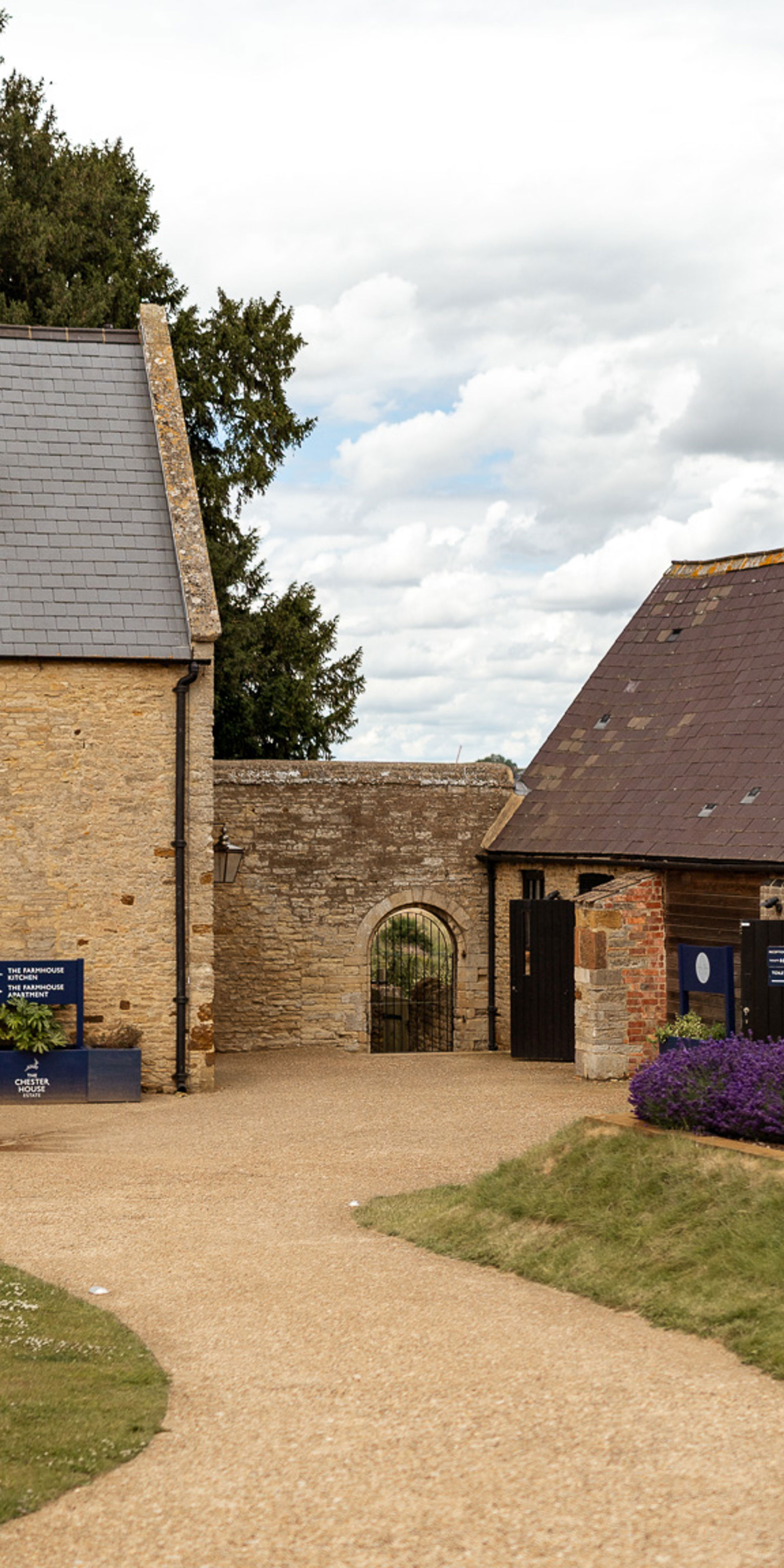Ironstone Quarrying
Northamptonshire is rich in ironstone and the fields to the east of Chester Farm (and much of the land to the south of the A45) were once quarried to extract it.
Ironstone was dug from some of the fields to the east of Chester Farm in the 1870s and again in the 1920s.
The method of extraction was by hand digging, barrowing the ore into light railway wagons and taking the spoil beyond and dumping it. This method is called ‘barrow and plank’. Traces of this work and its impact on the landscape can be seen in the geophysical survey of the area.
The wagons of ore crossed the site and the embankment of the light railway can clearly be seen running across the field from Lime Avenue. The ore was taken from Little Irchester up to Middlesbrough to be smelted and a stone sarcophagus found during ironstone extraction is now on the front lawn of the Dorman museum.
What did ironstone quarrying look like?
See a 3D model of a typical ironstone quarrying below. Please ensure you use the most up-to-date browser or mobile device available for the best user experience. Model by Iain Douglas from The University of Northampton - contact: Iain.Douglas@northampton.ac.uk.


